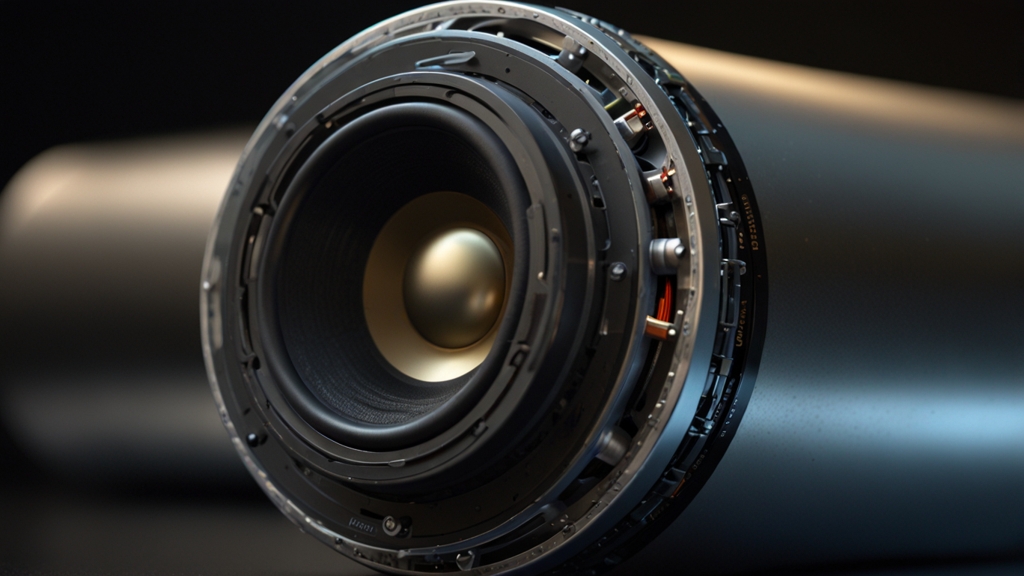The Fascinating Physics of Sound Vibration and Reality
Sound is an omnipresent force in our lives. From the soothing melodies of your favorite song to the jarring noise of city traffic, sound shapes our reality in profound ways. What we often overlook, however, is the fascinating physics that lie behind the phenomenon of sound. The journey from a vibrating object to the auditory experiences in our brains is a testament to the complexities of the physical world.
The Nature of Sound Waves
Sound begins with vibrations. When an object vibrates, it disturbs the surrounding medium—usually air—causing waves. These disturbances propagate as longitudinal waves, where particles in the medium move parallel to the direction of the wave. This is unlike the transverse waves seen in water, where particles move perpendicular to the wave's direction.
"Sound is a longitudinal wave of pressure that travels through a medium, typically air, but also through water and solids with variations in speed and intensity."
The speed of sound depends greatly on the medium. In air, at room temperature, sound travels at approximately 343 meters per second. In water, it’s significantly faster—about 1,480 meters per second. These variations highlight the role of particle density and the medium’s elasticity in sound propagation.
The Spectrum of Sound Frequencies
Our ears are finely tuned instruments capable of discerning a wide range of frequencies, typically between 20 Hz to 20,000 Hz. Frequencies below this range are referred to as infrasound, while those above are known as ultrasound. These sound waves can have fascinating applications, from medical imaging to earthquake detection.
Dolphins and bats, for instance, employ ultrasonic waves for echolocation, enabling them to navigate and hunt with exceptional precision. Similarly, medical technology uses ultrasound to create detailed images of the inside of the human body, revolutionizing fields like obstetrics and cardiology.
The Human Perception of Sound
When sound waves reach our ears, they cause our eardrums to vibrate. These vibrations are transferred to the inner ear through a series of tiny bones called ossicles. The cochlea, located in the inner ear, then transforms these mechanical vibrations into electrical signals. These signals travel along the auditory nerve to the brain, where they are interpreted as sound.
"Our perception of sound is a combination of physical waveforms and complex neural processing, making it a subjective experience unique to each individual."
Interestingly, our brain doesn’t just passively receive sound; it actively processes it. This processing enables us to focus on a single conversation in a noisy room, appreciate the nuances of a musical piece, and even sense the emotional undertones in a person's voice.
Sound's Impact on Reality
Sound has the power to shape our reality in ways we might not immediately recognize. Music, for example, can evoke strong emotions, change our mood, and even influence our behavior. The vibrations of sound waves can also cause physical changes in the environment. High-intensity sounds can shatter glass, while certain frequencies can induce resonance, leading to structural failures in bridges and buildings.
Moreover, sound is fundamental to communication, enabling the sharing of ideas and emotions. From ancient drum beats to modern-day telecommunication, sound has been a critical medium for connecting individuals and societies.
"The study of sound, or acoustics, has evolved into a multi-disciplinary science, touching aspects of physics, engineering, psychology, and even medicine."
Conclusion
The physics of sound vibration is a multi-faceted realm that not only explains a fundamental aspect of our sensory experiences but also sheds light on the intricate connections between physical phenomena and human perception. Understanding these principles allows us to harness sound in innovative ways, enhancing our lives and expanding the boundaries of what’s possible. As we continue to explore the depths of sound vibration and its impact on reality, one thing remains clear: sound is more than just what we hear—it's a profound connection between the physical world and our experience of it.









